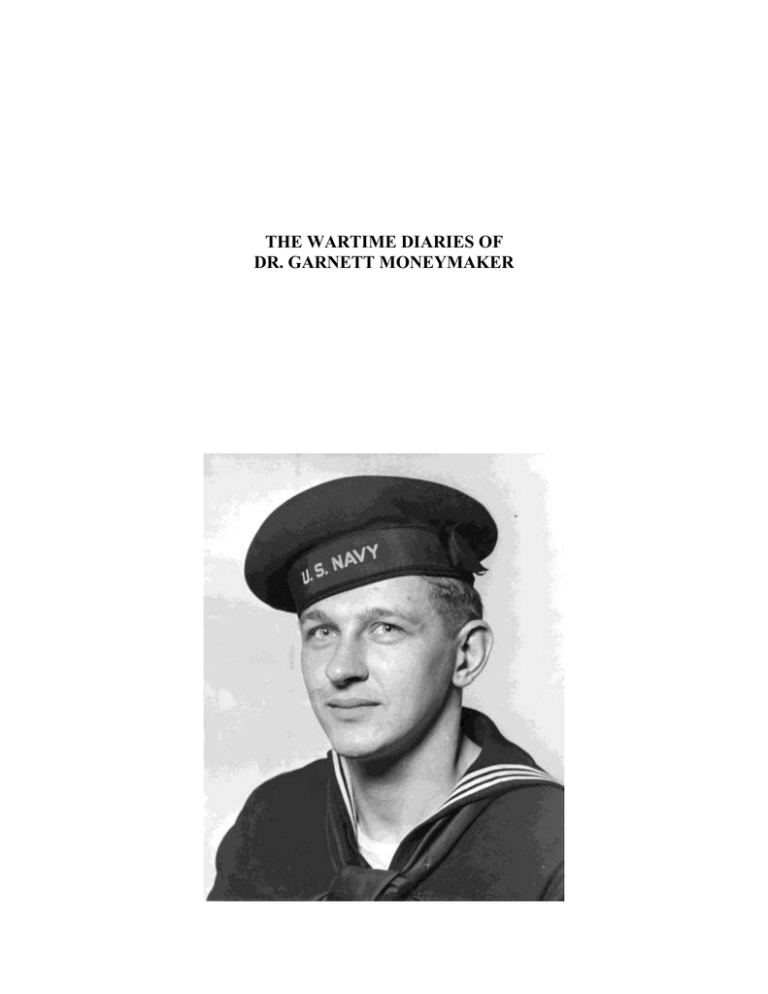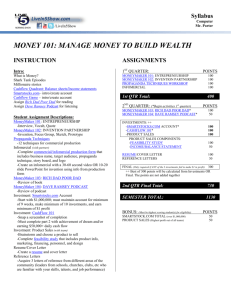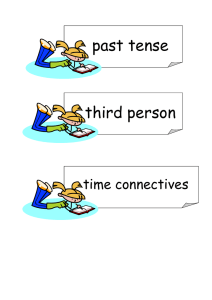THE WARTIME DIARIES OF DR. GARNETT MONEYMAKER
advertisement

THE WARTIME DIARIES OF DR. GARNETT MONEYMAKER © 2011 Garnett Moneymaker. Copyright for diary material claimed exclusive of U.S. Government Photograph. 2011 Henry Shapiro. Copyright for front matter, footnotes, and back matter. COMMENTS REGARDING THIS TRANSCRIPTION In the fall of 1937, after an appendectomy and the ensuing financial difficulties caused him to leave college, Garnett Moneymaker, known affectionately to his friends as “Money,” enlisted in the Navy for a four year tour of duty. Growing up outside rural Clifton Forge, Virginia, fifty miles north of Roanoke, he possessed a wide range of self-taught mechanical skills, and so was assigned to the light cruiser USS Boise as an electrician. Though his tour of duty was up, after war broke out in the Pacific, he reenlisted. Originally a seaman, he ultimately rose to the rank of lieutenant junior grade. After the war, Garnett returned to school, eventually becoming an anesthesiologist. While completing his medical training in Cleveland he met his future wife Margaret (“Peg”) Vilmar. A physical therapist, she served in the medical division of the Women’s Army Corps, first in the States and then, in the immediate postwar period, in Japan. After marrying they settled in Albuquerque, New Mexico. During the four years of the war, Dr. Moneymaker surreptitiously kept a diary. Because of its potential historical significance we have transcribed this diary into modern digital form. Many of the entries in his diary were made during combat. And even for those entries made in moments of less stress, Dr. Moneymaker appears never to have reread them after initially writing them down, as there are many easily detected, correctable mistakes. As transcribers we were torn between absolute fidelity to the original text and the urge to improve readability by making corrections. In an effort to maintain the flavor of Dr. Moneymaker’s writing, which at times is quite casual and irreverent, we have taken a conservative approach, only correcting errors that could be classified as “typos” (errors like “her” for “here”). Except in rare instances, we have not changed his spelling, grammar or punctuation, though we have followed misspelled words by [sic], so that the reader is aware that the misspellings are not transcription errors. To avoid cluttering up the manuscript we have only added [sic] the first time for repeated misspellings; not noted or corrected words like “airport” that Dr. Moneymaker wrote as “air port”; not generally noted misspellings of ship or geographical names – correct spellings can be found in the glossary or in footnotes; nor have we added in or noted the lack of apostrophes in the contraction “it’s” and in possessives. Because the diary is written in a very personal mix of print and cursive, errant use of capitalization was a particularly difficult matter to resolve. When a capital letter is clearly used, we have left it as is. Another difficulty are the dates that Dr. Moneymaker placed in the left margin and also at the top of every page of his diary. Because our page breaks are not the same as his, we have only included the date at the start of each entry. We have also regularized the punctuation of military abbreviations. In addition, we have added without comment hyphens (“–”) where there is a small amount of white space in the original text which suggests a pause in Dr. Moneymaker’s thinking as he put his thoughts down on paper. Occasionally Dr. Moneymaker inserted an entry at the top of a page – usually as an afterthought. We have inserted these into the body of the text where they seem to belong, but have set them in italic. Lastly, we have added numerous footnotes to add historical context, explain personal references, and provide information on place-names that will not be familiar to the average reader – even so, having a good atlas close at hand may increase the reader’s enjoyment and understanding. We wish to thank Dr. Moneymaker and his wife, who spent many hours with us answering the numerous questions we had about people and events he has described. We are grateful that we have had the opportunity to transcribe his diaries – even after nearly seventy years his writing seems fresh, even as memory of those days fades. Any errors, of either omission or commission, are, of course, solely ours. Moira Robertson Henry Shapiro Albuquerque, New Mexico March 2011 henryshapiro@yahoo.com TABLE OF CONTENTS Comments Regarding This Transcription Book I: November 1941 – April 1942 ......................................................1 Book II: June – November 1942 ..............................................................19 Book III: June – November 1943 ..............................................................37 Book IV: December 1943 – April 1944 ....................................................65 Scouts and Raiders Training ......................................................................79 Letter from James Forrestal .......................................................................81 Photograph of USS Boise ..........................................................................83 Glossary of Ship Names.............................................................................85 Glossary of Abbreviations .........................................................................89


